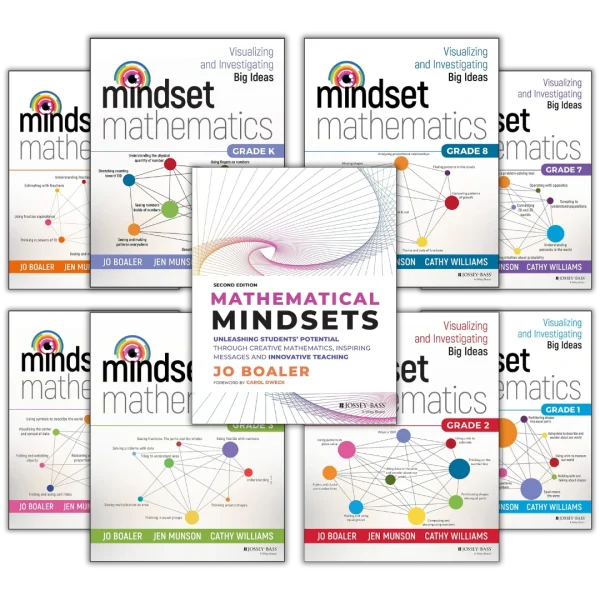
Mindset Mathematic (9 books)
Original price was: $275.99.$59.99Current price is: $59.99.
Bundle: 9 PDF 257,99 MB
- 100% Satisfaction Guaranteed!
- Immediate Digital Delivery
- Download Risk-Free
Engage students in mathematics using growth mindset techniques
The most challenging parts of teaching mathematics are engaging students and helping them understand the connections between mathematics concepts. In this volume, you’ll find a collection of low floor, high ceiling tasks that will help you do just that, by looking at the big ideas at the first-grade level through visualization, play, and investigation.
During their work with tens of thousands of teachers, authors Jo Boaler, Jen Munson, and Cathy Williams heard the same message―that they want to incorporate more brain science into their math instruction, but they need guidance in the techniques that work best to get across the concepts they needed to teach. So the authors designed Mindset Mathematics around the principle of active student engagement, with tasks that reflect the latest brain science on learning. Open, creative, and visual math tasks have been shown to improve student test scores, and more importantly change their relationship with mathematics and start believing in their own potential. The tasks in Mindset Mathematics reflect the lessons from brain science that:
- There is no such thing as a math person – anyone can learn mathematics to high levels.
- Mistakes, struggle and challenge are the most important times for brain growth.
- Speed is unimportant in mathematics.
- Mathematics is a visual and beautiful subject, and our brains want to think visually about mathematics.
With engaging questions, open-ended tasks, and four-color visuals that will help kids get excited about mathematics, Mindset Mathematics is organized around nine big ideas which emphasize the connections within the Common Core State Standards (CCSS) and can be used with any current curriculum.

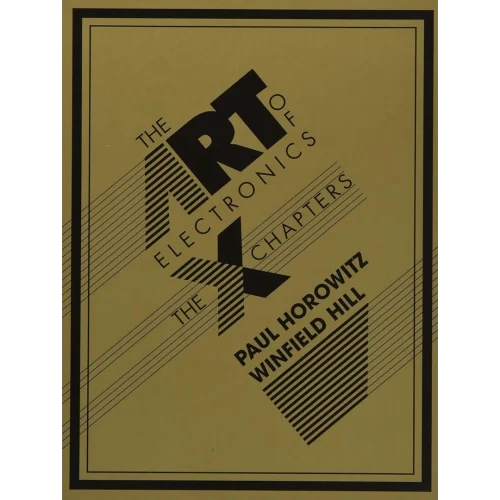
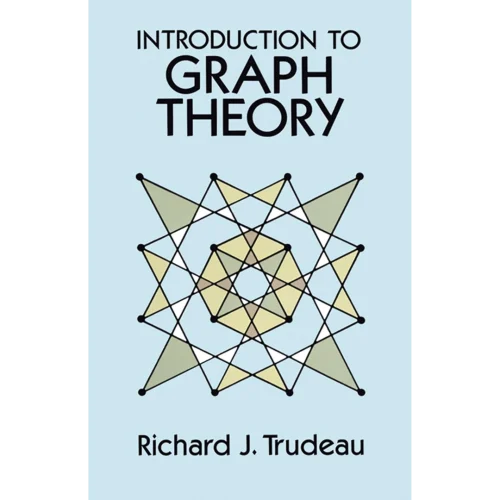
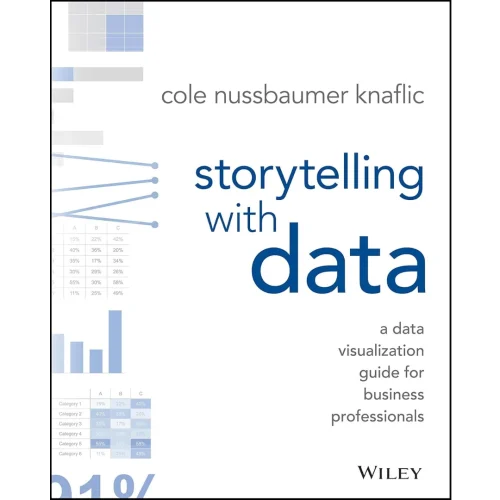

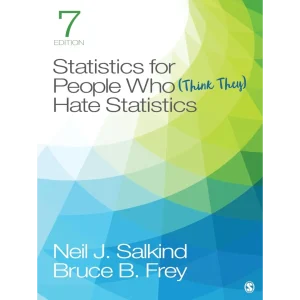
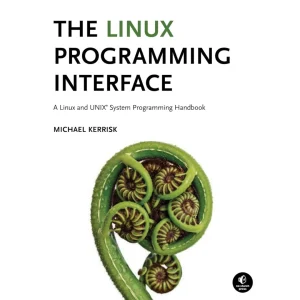
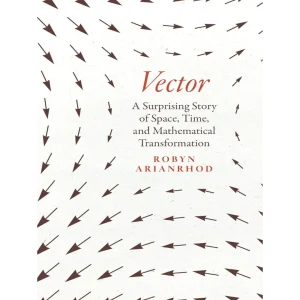
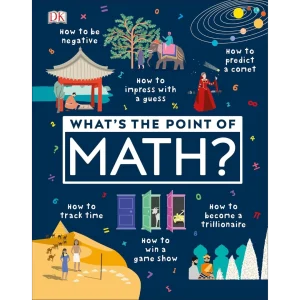
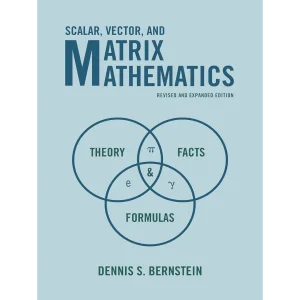

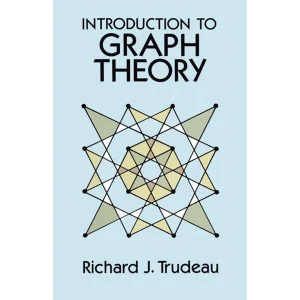
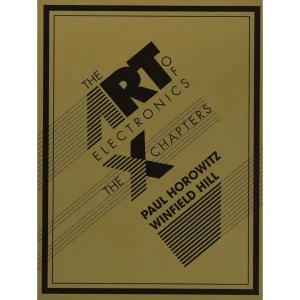
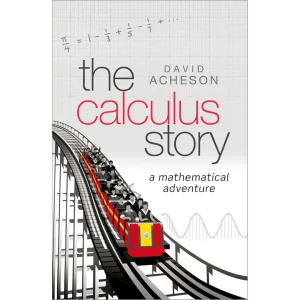
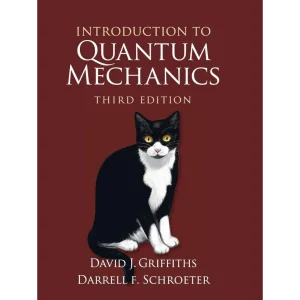

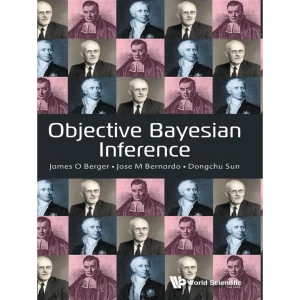
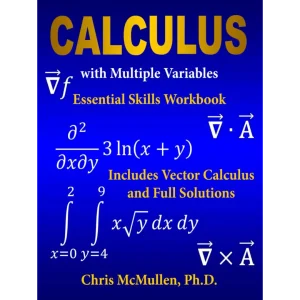

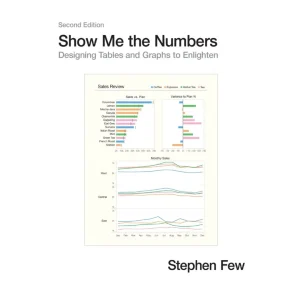
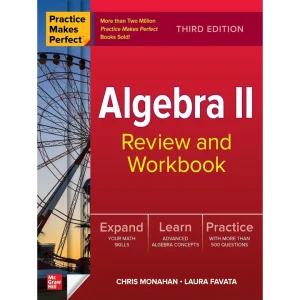
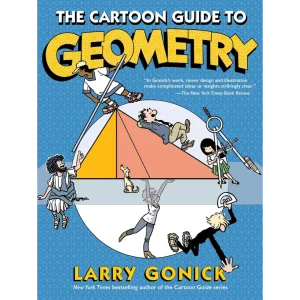
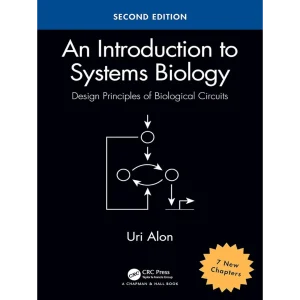
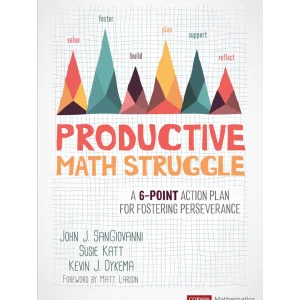
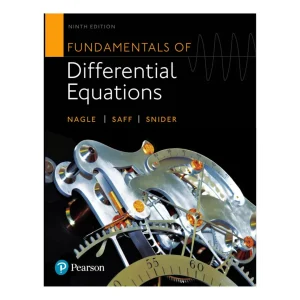
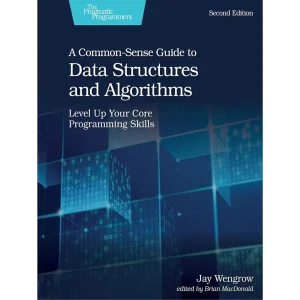

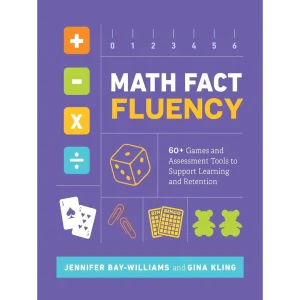

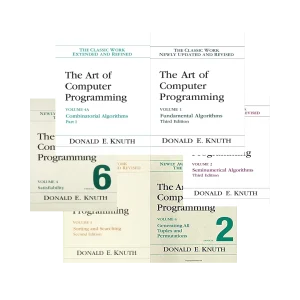
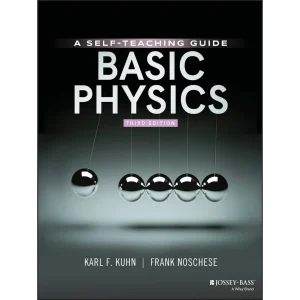
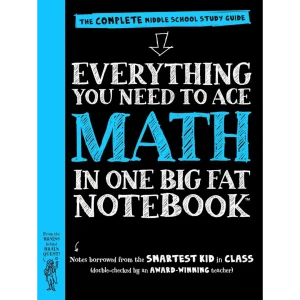
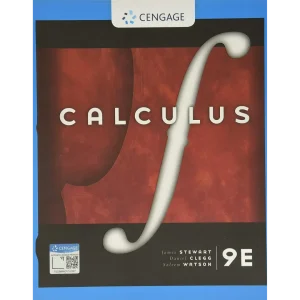
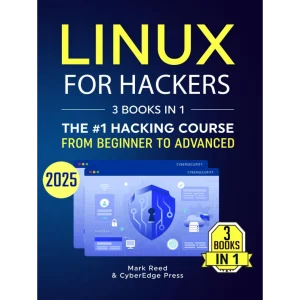


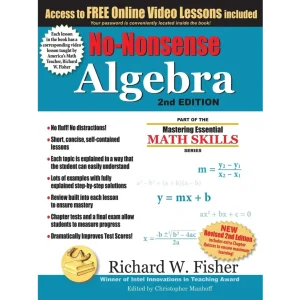
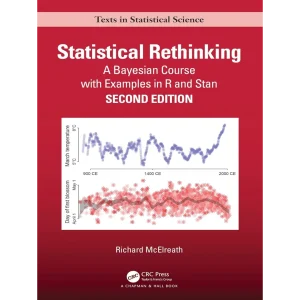
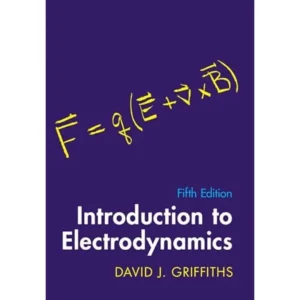
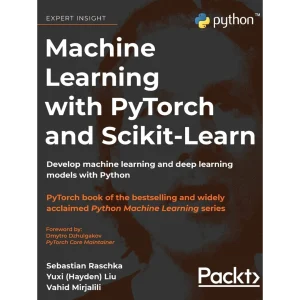
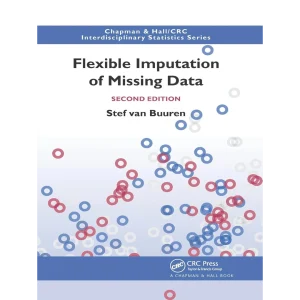
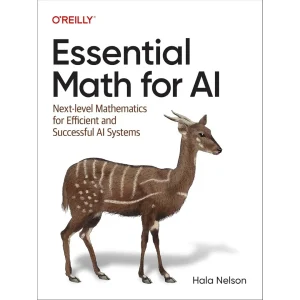
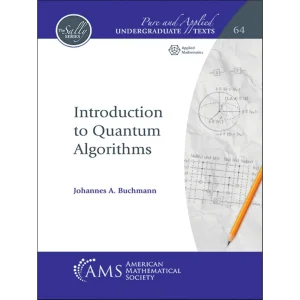

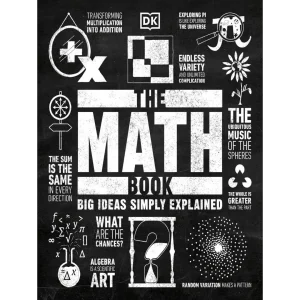
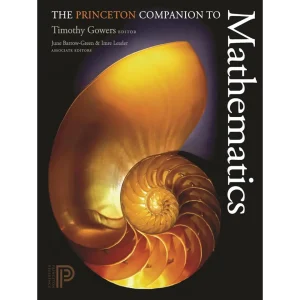
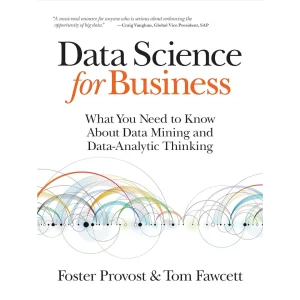

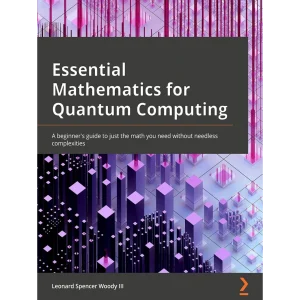
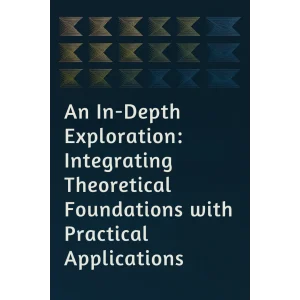

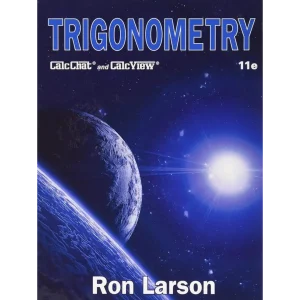
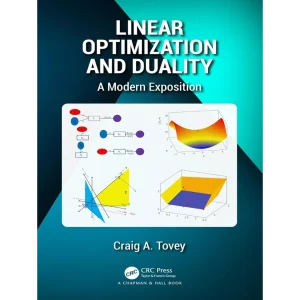
James C Brown –
Excellent resources for teaching math at a great price!
Shelley Storaska –
Great book!
Customer MD –
Change the way you teach math!
Dana Pietrangelo –
Brown
5.0 out of 5 stars This is one well thought out resource that delivers.
Ryan and Valerie Smith –
This book is amazing for non-mathematical parents like myself. I think I have learned as much as my child. Having spent 41 years as a communication and language arts teacher, math was a subject I avoided. My 9 year old really enjoys the perceptual and visual challenges this program provides. I do wish it offered an answer guide for parents and perhaps DVD’s of its core concepts. I know the answers are to be discovered by the students however, if there is a struggle it can be hard to help walk them through it. However, it has caused me to work through the problems myself using Google and YouTube, so in the end it has still been helpful.
Alison –
This resource offers a way to incorporate visual strategies with mathematics. However, the book is also useful in developing speaking and listening skills, art, science, engineering, technology, and writing. There are patterns in everything around us. Jo Boaler, Jen Munson, and Kathy Williams have collectively assembled a series of research based approaches to how the brain works and learns. This is one well thought out resource that delivers. I highly recommend this book.
Sian Curley –
very interesting
EducatedBookFreak –
This is an excellent resource to plan interactive, engaging activities to help students develop number sense. The activities provide many different answers allowing students to develop critical thinking skills.
E. Campbell –
Teacher Resource
Mathematical.digital –
I’m an elementary school ESOL teacher. My own 4th grade child has moderate auditory processing and working memory challenges.
Right now, I’m using this book at home to help my 4th grader. Last spring the math specialist was trying to drill her on the multiplication tables by rote memory — and it just wasn’t happening. In fact, she ended up with a huge case of failure-induced math anxiety. My concern was that I wanted her to have a stronger conceptual understanding of multiplication, not just to spit out memorized math facts. …so I bought this book for use at home.
In the past 3 weeks (just prior to and at the beginning of the school year), we’ve been working through the first set of conversations, drawing activities, and games in this book. Yesterday, as we were talking about the game (from the book) we’ve been playing, I commented to my child, “See, math isn’t so bad.” (She had been so anxious about going back to school this year and taking math.) She responded, “Mom, that game isn’t math. It’s fun!” Hmmmmmmm…..:)
The fewer, deeper visually-oriented activities — such as the pattern coloring and analyses activity (which we also invited her 7th grade sister to do as part of the fun) — has prepared my 4th grader well. It’s amazing to see. She’s more fluent in identifying composite and prime numbers and their factors. She’s been zipping through her multiplication homework each night so we get to the games from this book. When she gets stuck, I’ve been having her use some of the visual strategies emphasized in the book along with the other items in her growing strategy toolkit.
More activities in an education book can be overwhelming and sometimes, not as useful. Fewer, deeper games around Big Ideas can have a positive effect on conceptual understanding. This book has a great set of deep, visually-engaging approaches to mathematical understanding. I’m looking forward to the Grade 7 book and plan on buying it to use with my older child. One suggestion: Consider some kind of grouping discount (for purchases of multiple books in this set) for those of us who’d like to buy these books for home use each year.
In terms of my ESOL teacher job: My focus is on teaching my students at school how to use language to learn content. I can see great promise for this book with my multilingual learners as well
Mathematical.digital –
Great book for parents to use when supporting kids at home
Mathematical.digital –
Strong math program